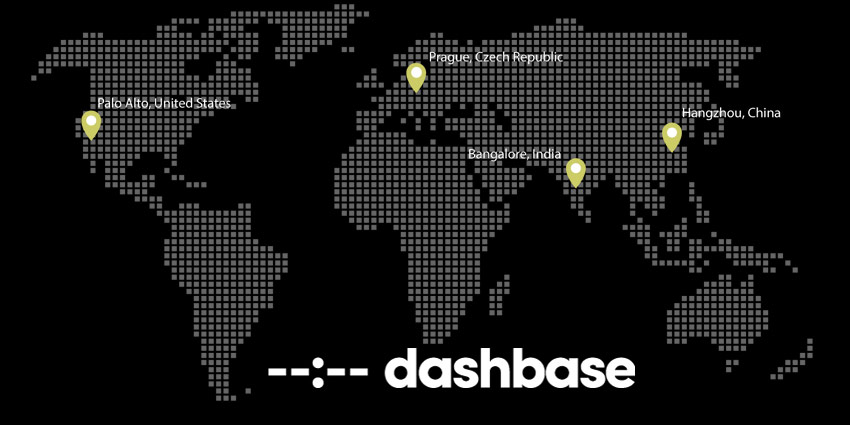Unified communications at its finest appears deceptively simple in use. When all of your conversations and connections are delivered intuitively through a single user interface, it’s easy to overlook the incredible complexity required to make that happen and deliver real-time communications on a global level without missing a beat. Indeed, it’s only when something goes wrong you appreciate just how much is happening — and how difficult it is to troubleshoot problems when they do arise.
As Dashbase’s Co-founder and CEO Alex Munk, explained, “as the workforce becomes more globalised and more and more work from home continues to happen, the solutions people use to collaborate around the world are only going to become more popular. And that means increasing call volumes, more complexity in UC services, and exponential growth in operational data volume.
How data directly impacts customer satisfaction

“Those factors lead to data getting created and left on production servers. You have proxies, SBCs, PBXs, and custom applications, all of which generate lots of operational data as calls go through the service. To diagnose issues with calls, operators need to use this correlated data, but it’s very hard to compile from all of those different servers.
“Another dynamic is the interdependencies between UC services, handsets, and carriers”, he continues. “UC services have to support many different phones on the one side, and many different carriers on the other side. Any hiccup between the user’s phone, the UC service, and the carriers can immediately cause calls to drop, poor call quality, and many other issues, in a business where customer experience is everything.”
No wonder companies like 8×8 and Dialpad have benefited from support to diagnose escalations, in this vast and stormy sea of data, which amounts to terabytes of log files daily — not least for voice, where real-time high-quality delivery is critical, and any deviation is immediately noticeable.
“The clients we work with guarantee that their customers receive the highest-quality UC services available”, explained Jordan Philips, Dashbase’s Head of Sales.
“What Dashbase does is make it easier for them to provide the services they’re guaranteeing for their customers. The really resilient, high-uptime they need, despite the complexity”
By collecting the data from all the logs into Dashbase, clients can search and visualise it as it happens, analyse escalations, and solve cases much more quickly.
Unified Data for Unified Communications
As Munk explained, “Our UI makes it effortless to immediately filter to the logs that you’re seeking, to see a representation of the whole call, for troubleshooting and root cause analysis. We view this operational data as the live pulse of the UC organisation, and we wanted to build a system that could ingest all of that and make it useful.”
But in addition to the scale at which data can be managed, the way Dashbase facilitates data visualisation of complete calls is of unique value to their customers. As Philips described it, “what resonates with our clients is that our UI does something no other logs UI can do. We can take a call ID and use it to trace all the data for a call”
“You don’t have to search log files like a big wall of text — instead we abstract away the logs to provide a visual representation of the calls flowing through your system”
Technical enablement solutions like this are a game-changer in managing the complexity of the UC data environment, exemplified by the way Dashbase helped 8×8 reduce the time spent on investigating cases by 30 – 40%. And as the world becomes ever more dependent on bulletproof UC for its day-to-day communications flow, supporting customer service in this way will become ever more essential to those competing to provide excellence to their users.







